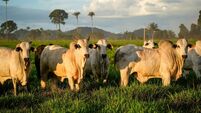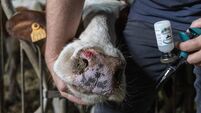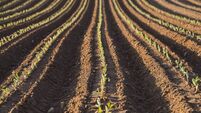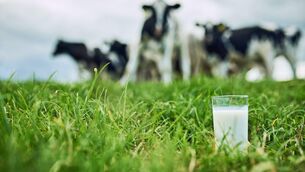Withered vines and parched soil: How climate change is changing the foods farmers produce
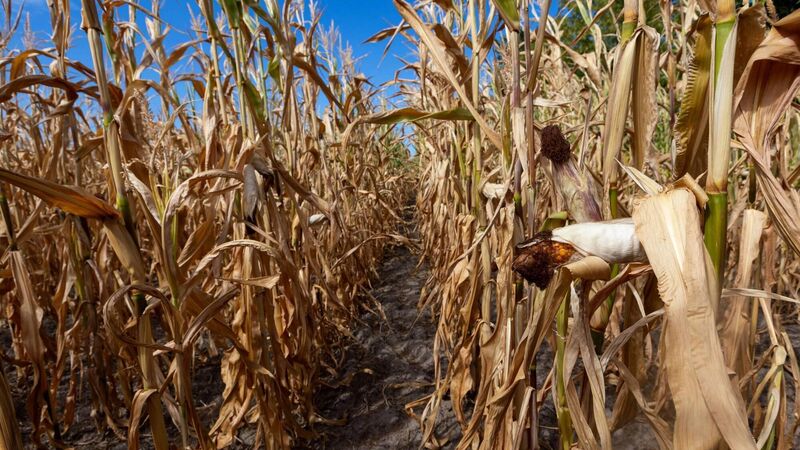
Many farmers have endured weather losses this year that will dissuade them from committing to certain crops and livestock in the future, as the effects of climate change intensify.
After heat waves and droughts devastated farming across the EU, there are fears of farmers reducing production in the years ahead.
In particular, many may shy away from crops that need irrigation, after several countries had to restrict water use for irrigation.
CLIMATE & SUSTAINABILITY HUB

